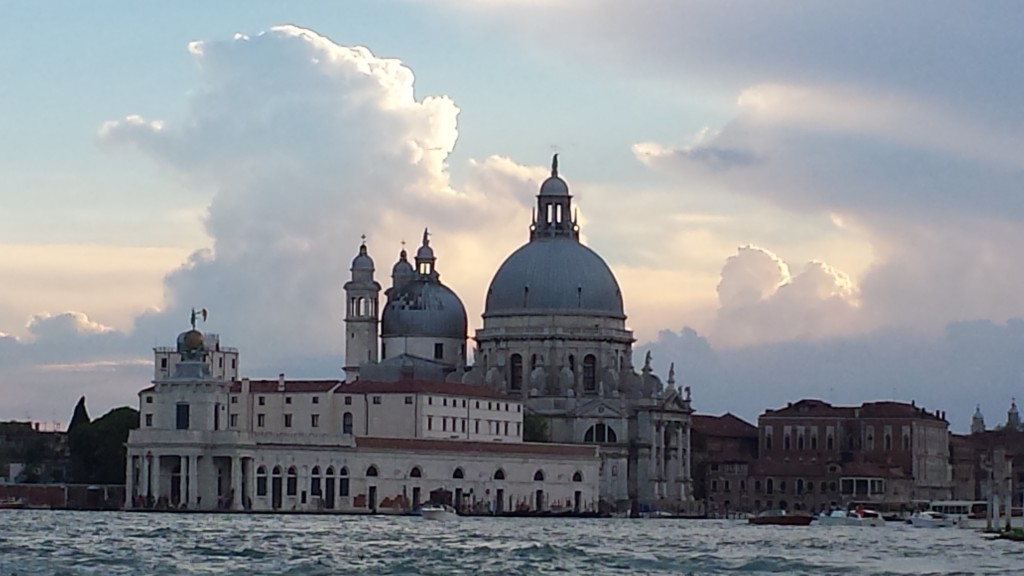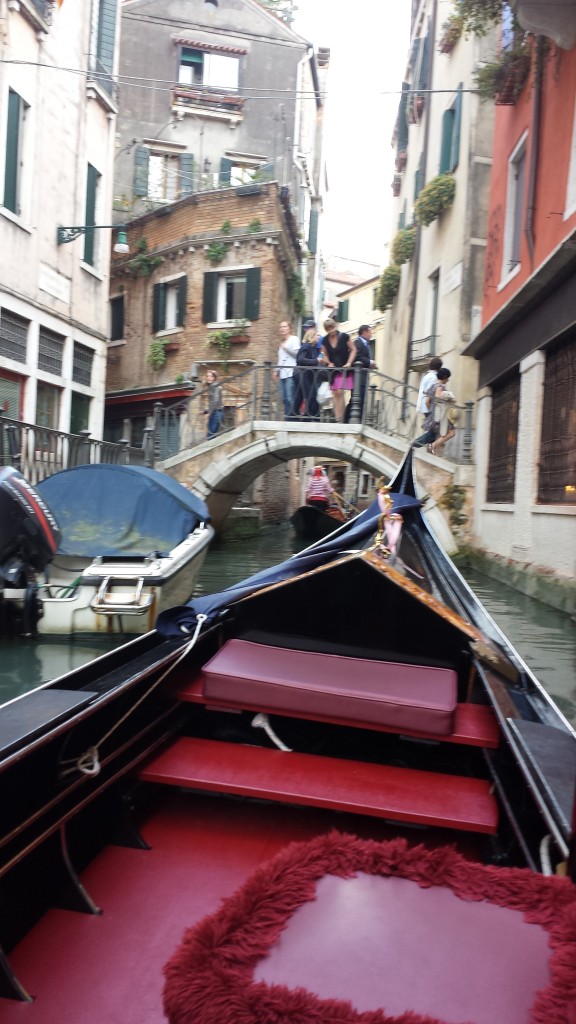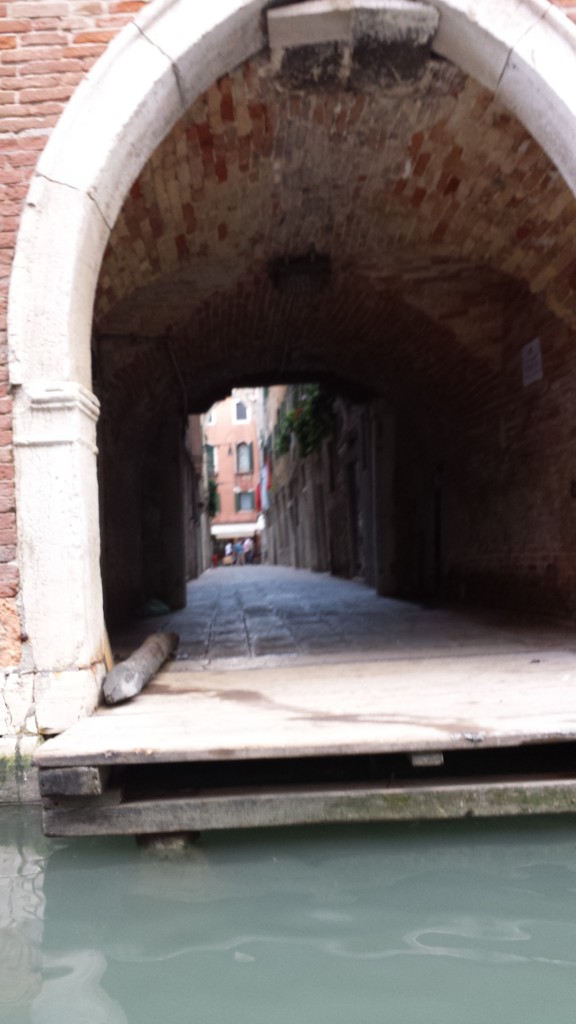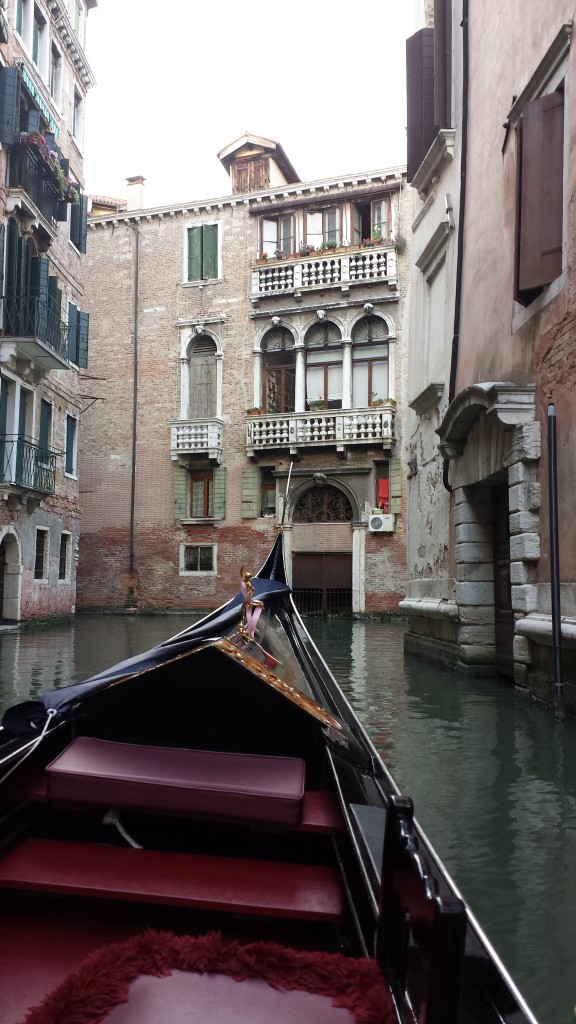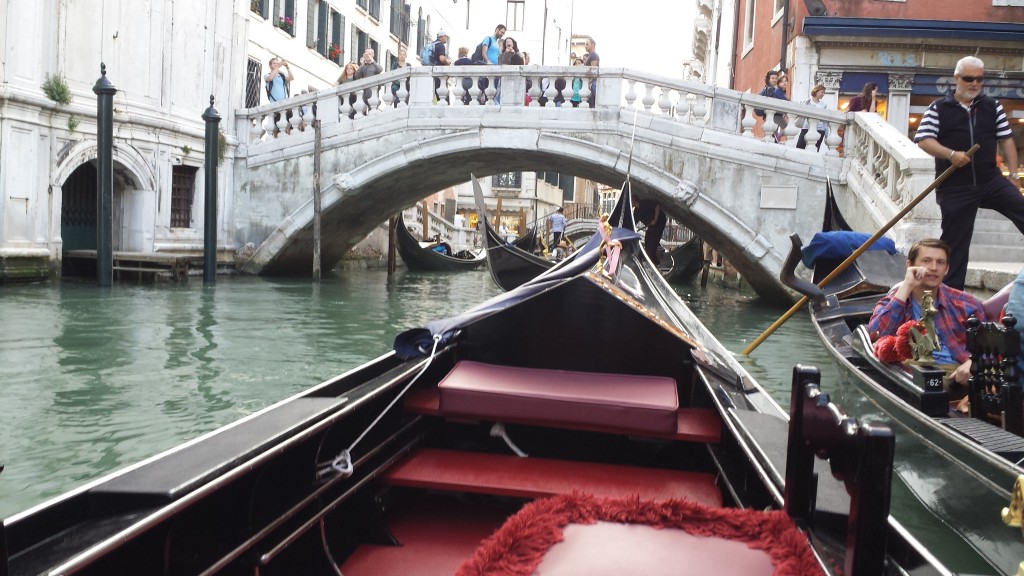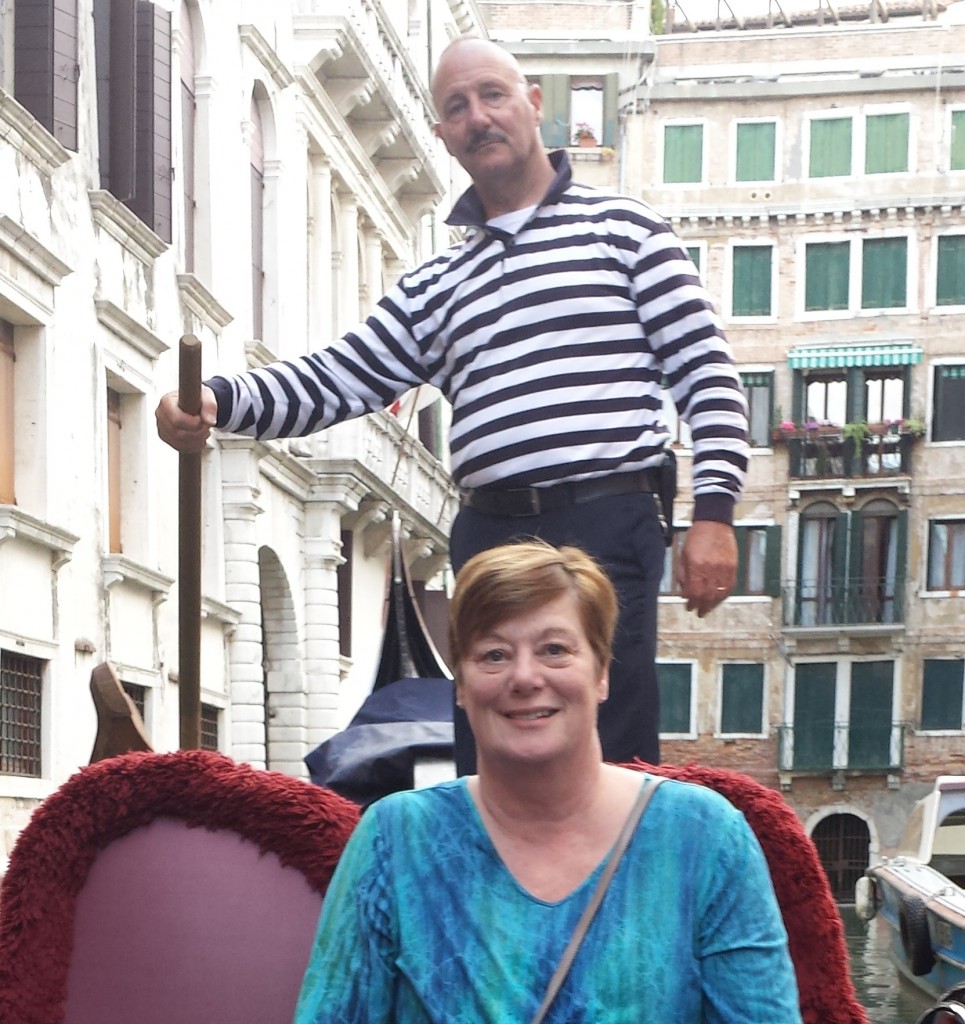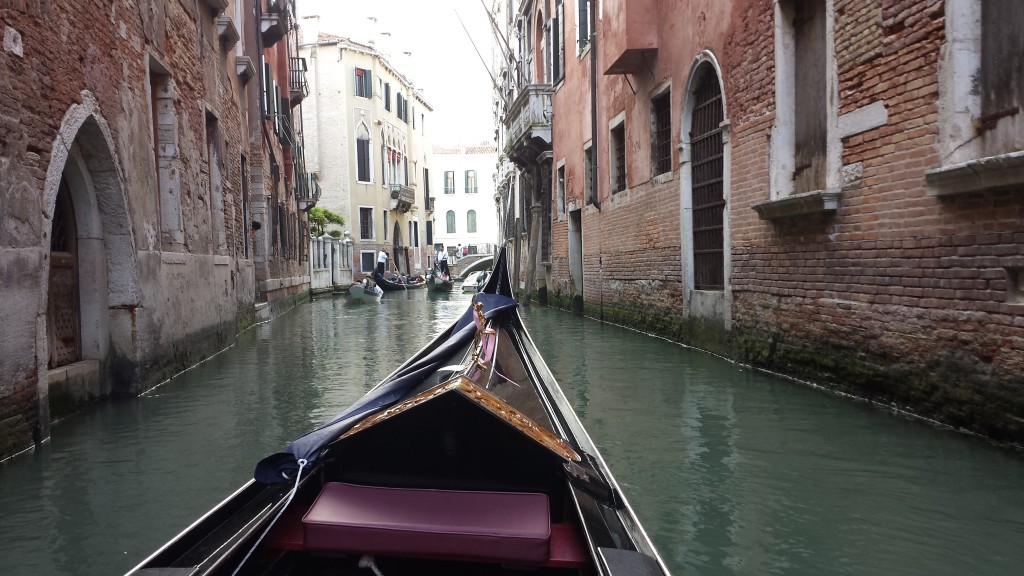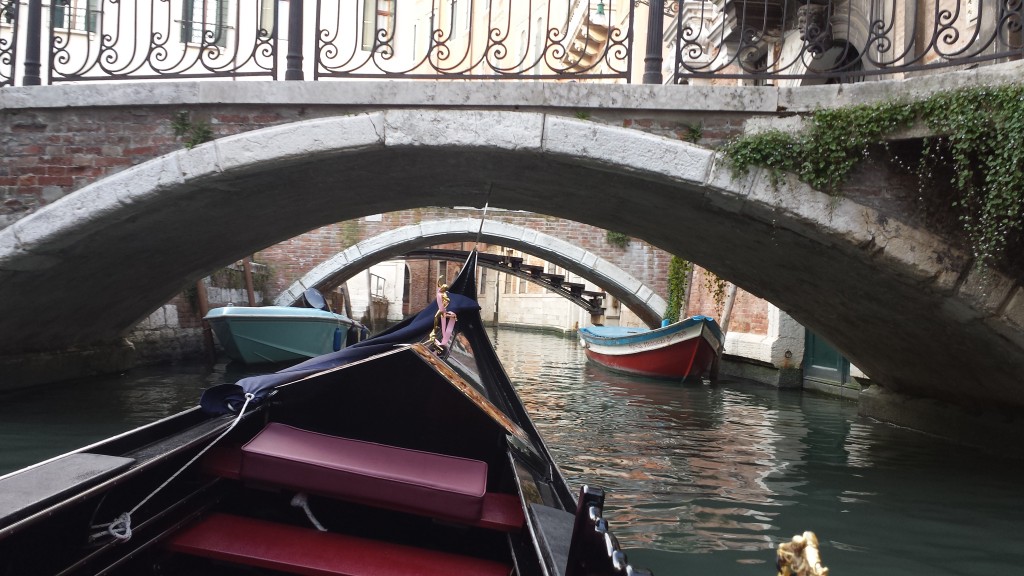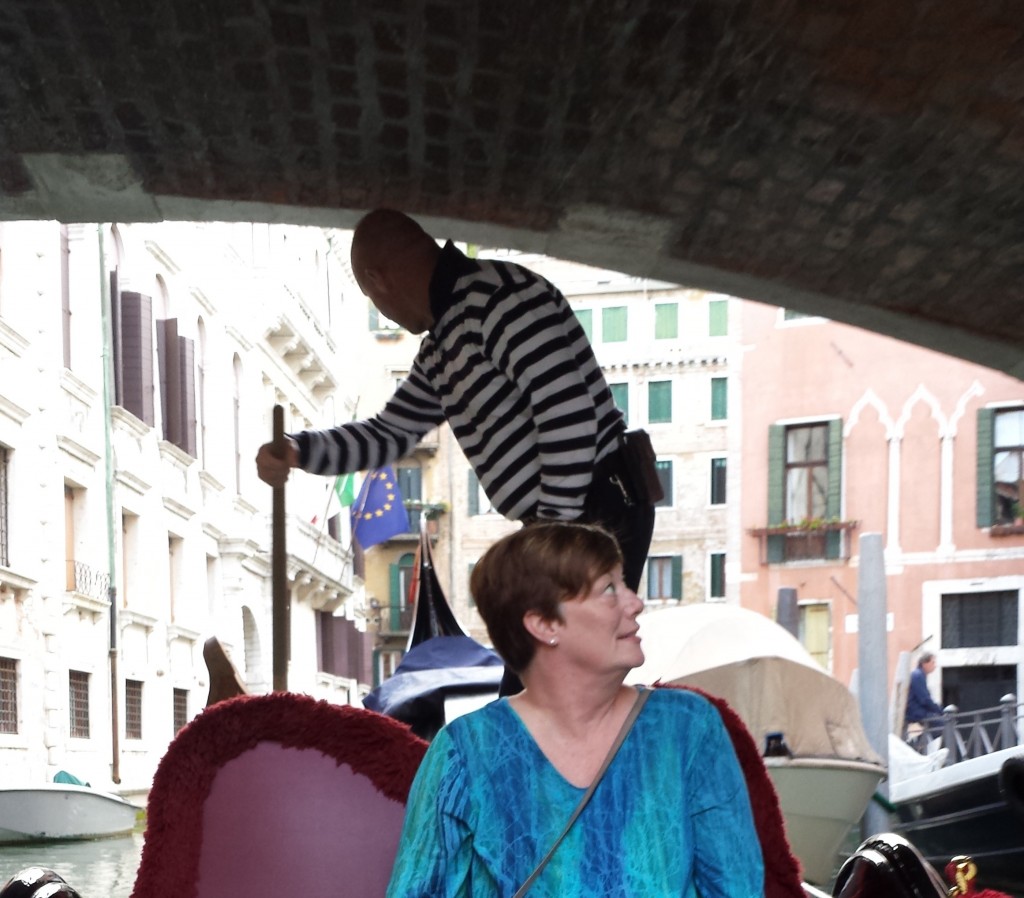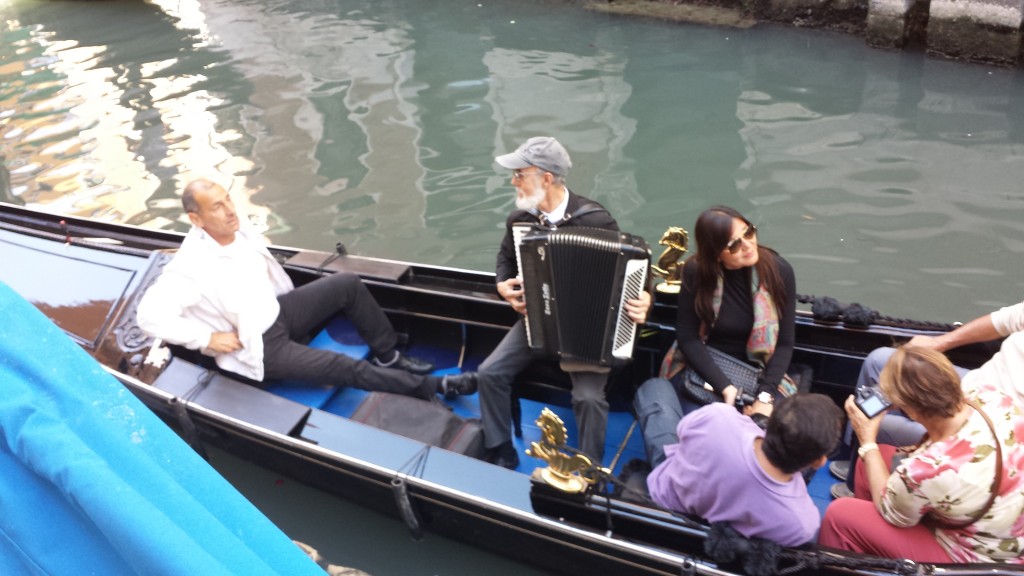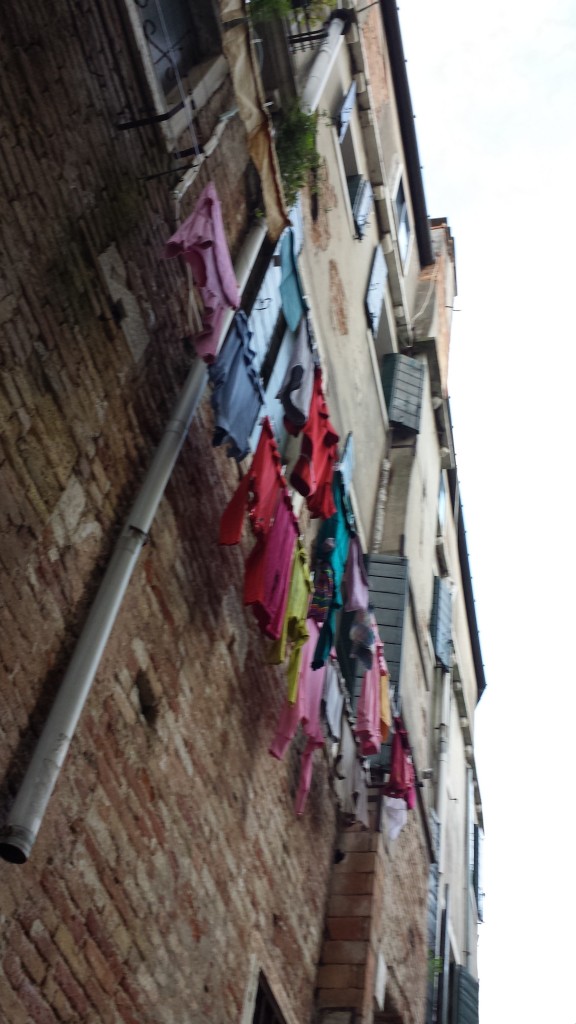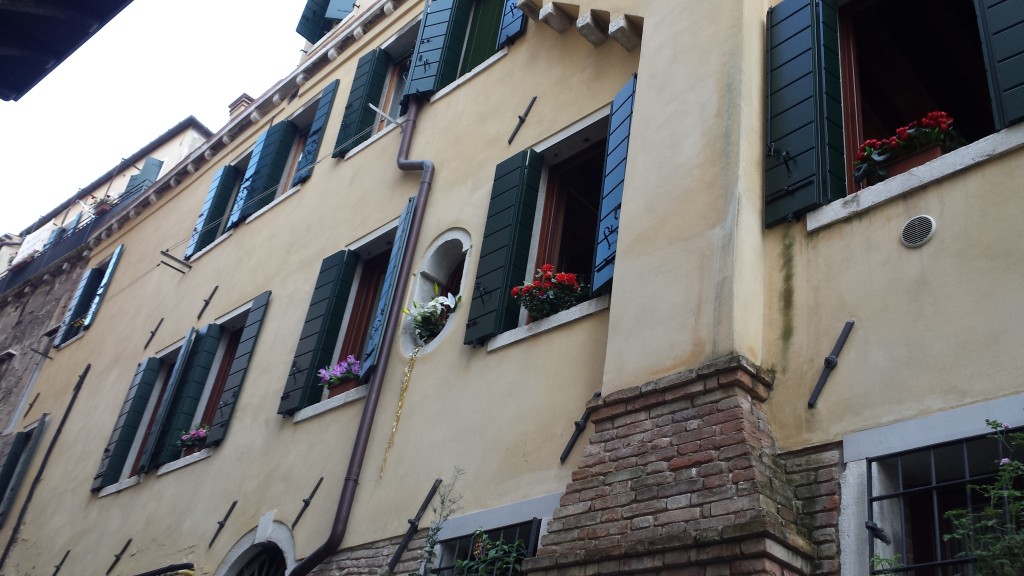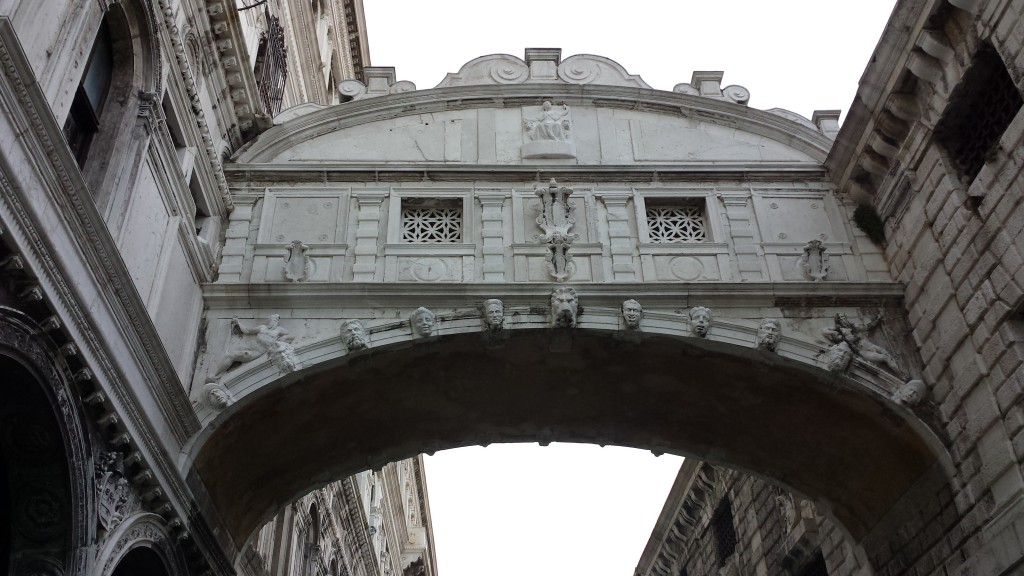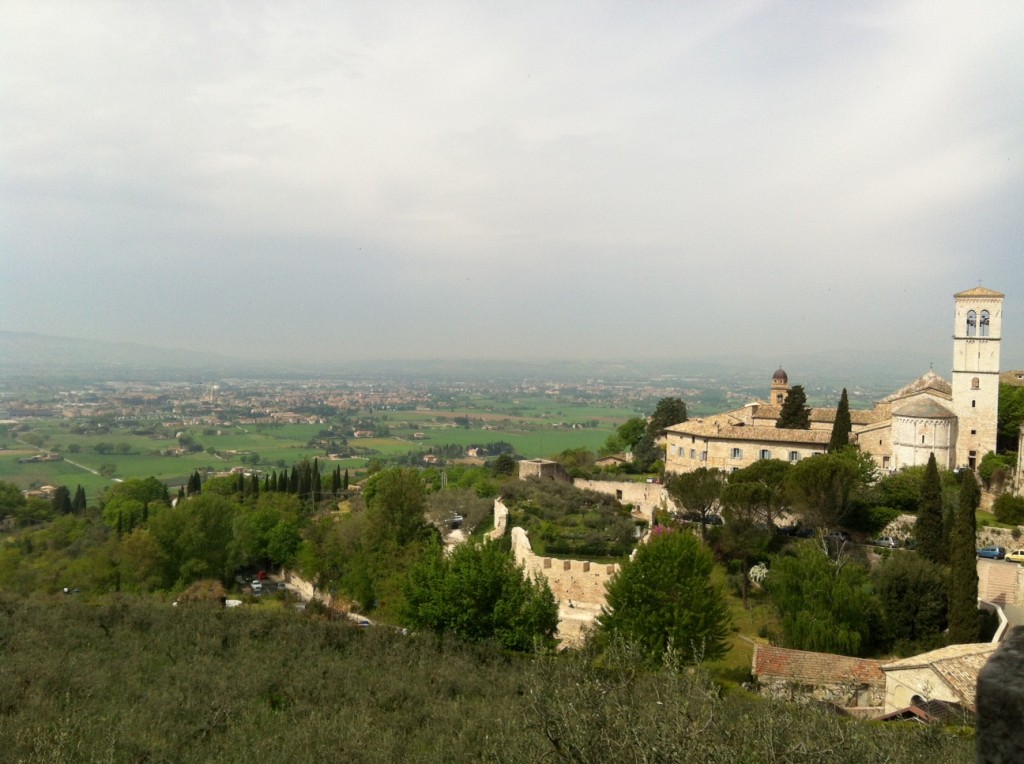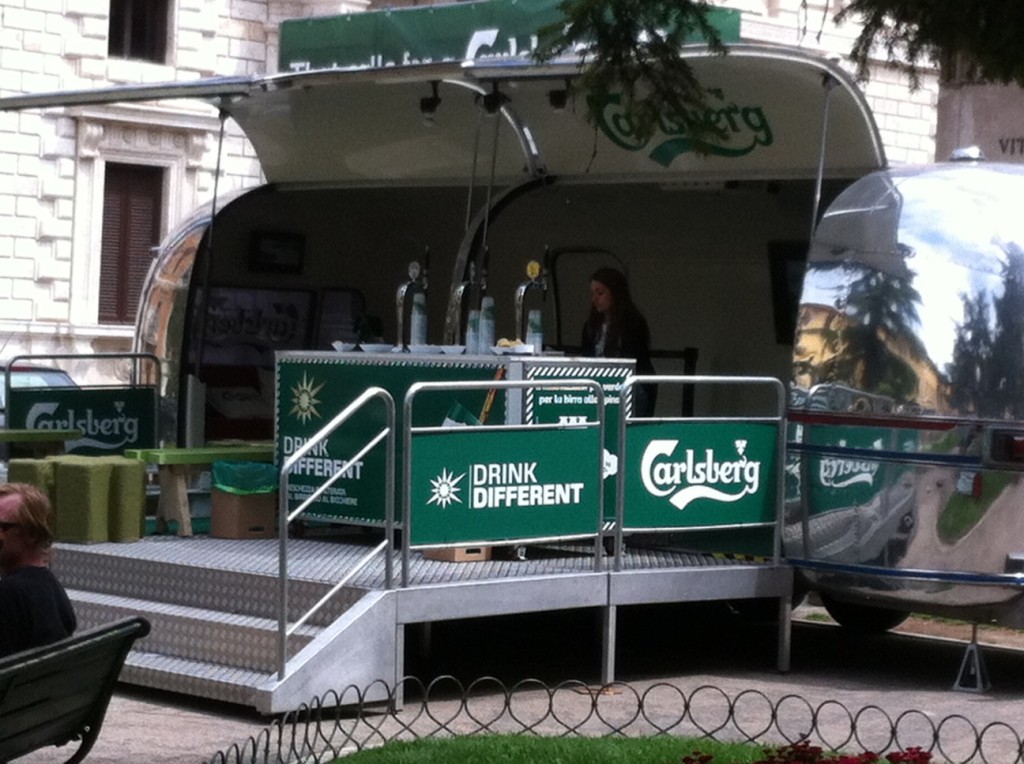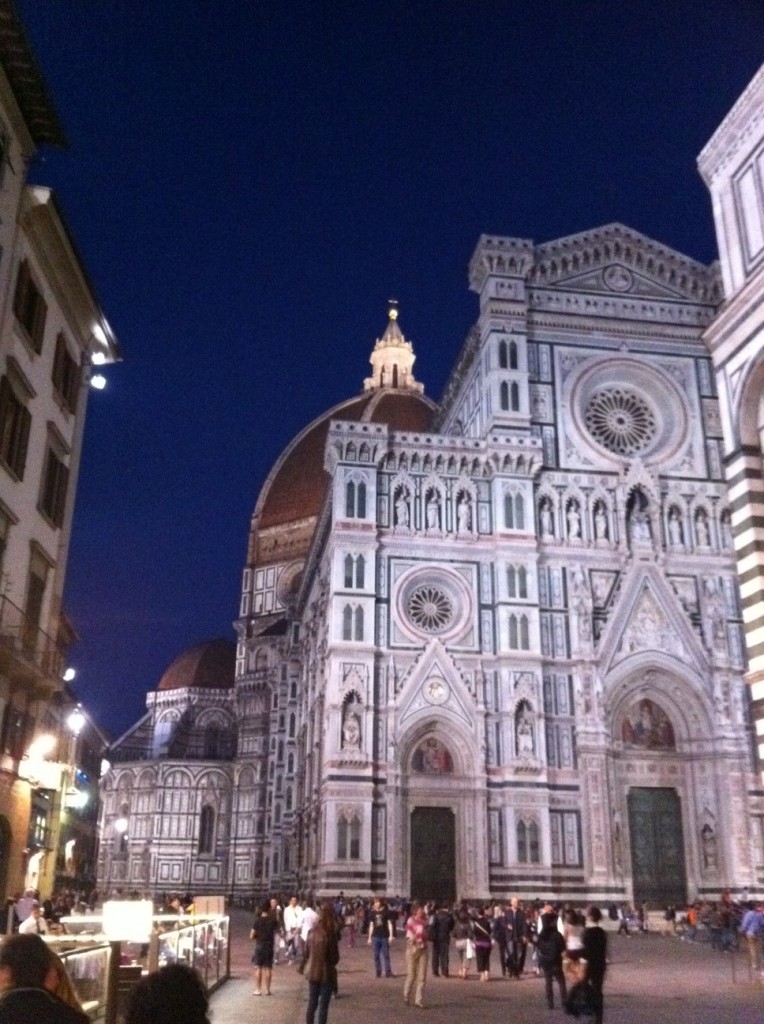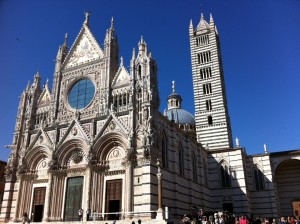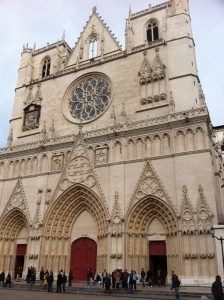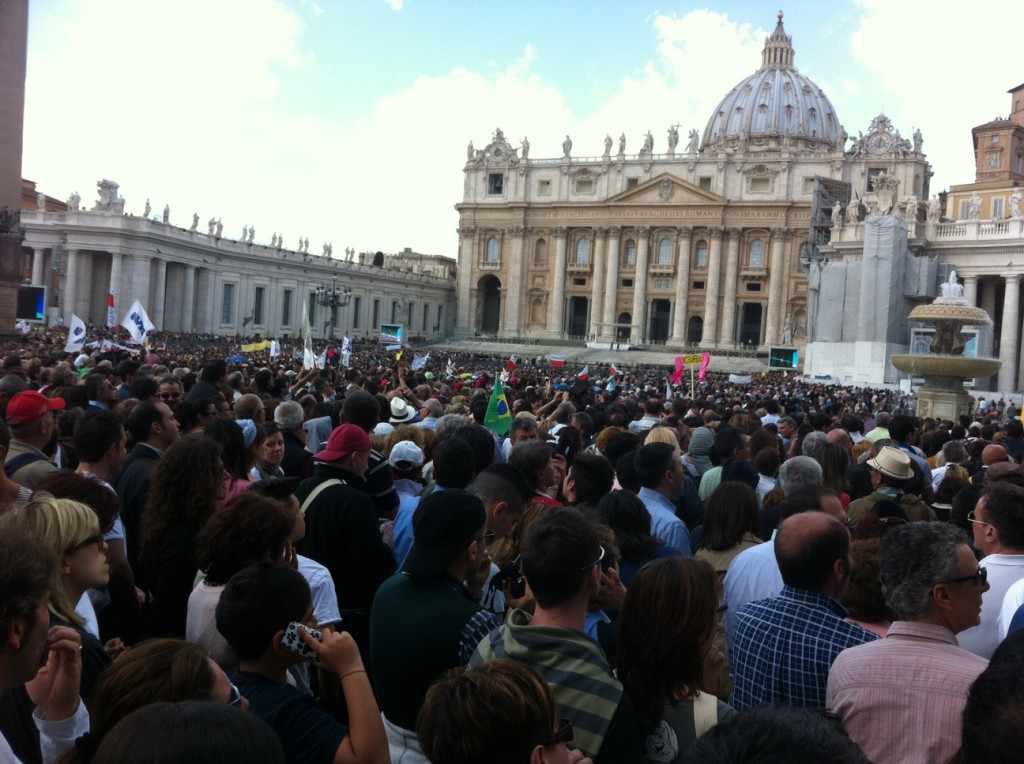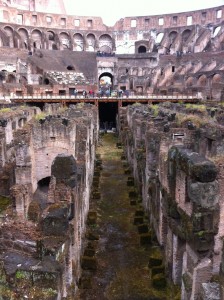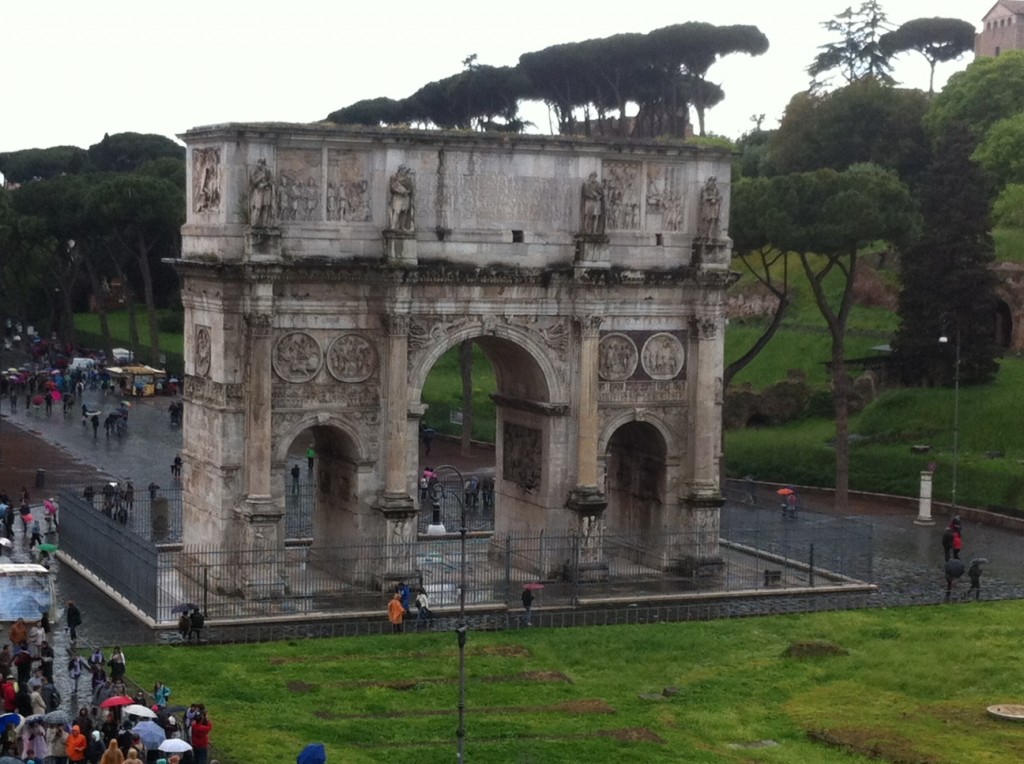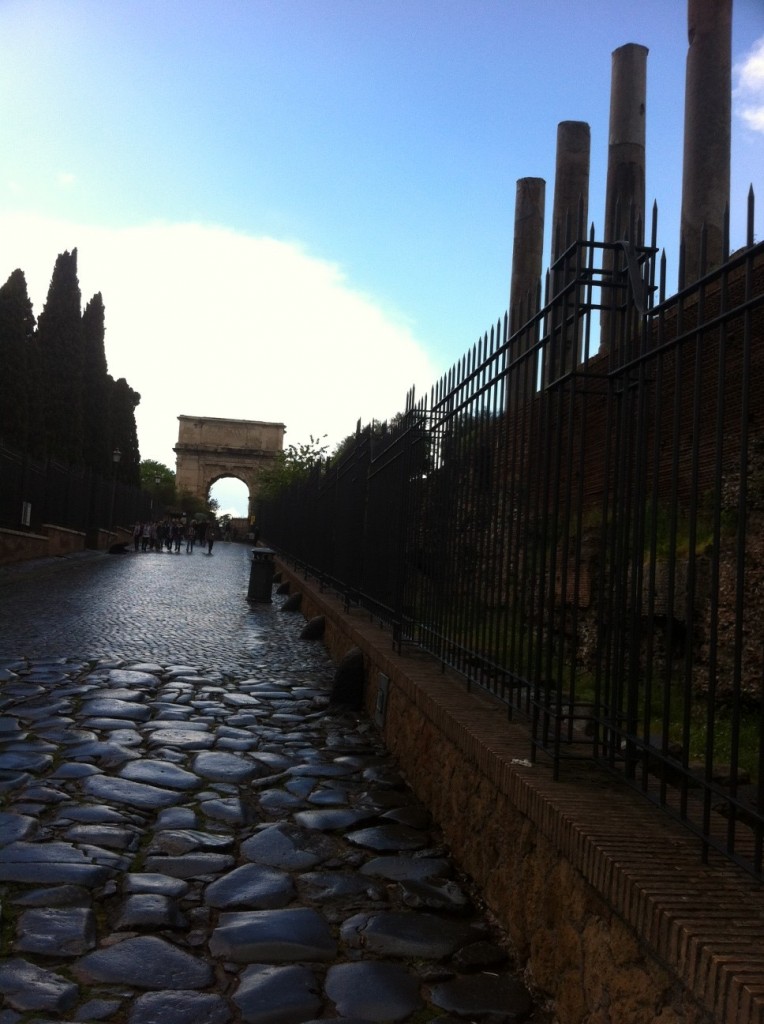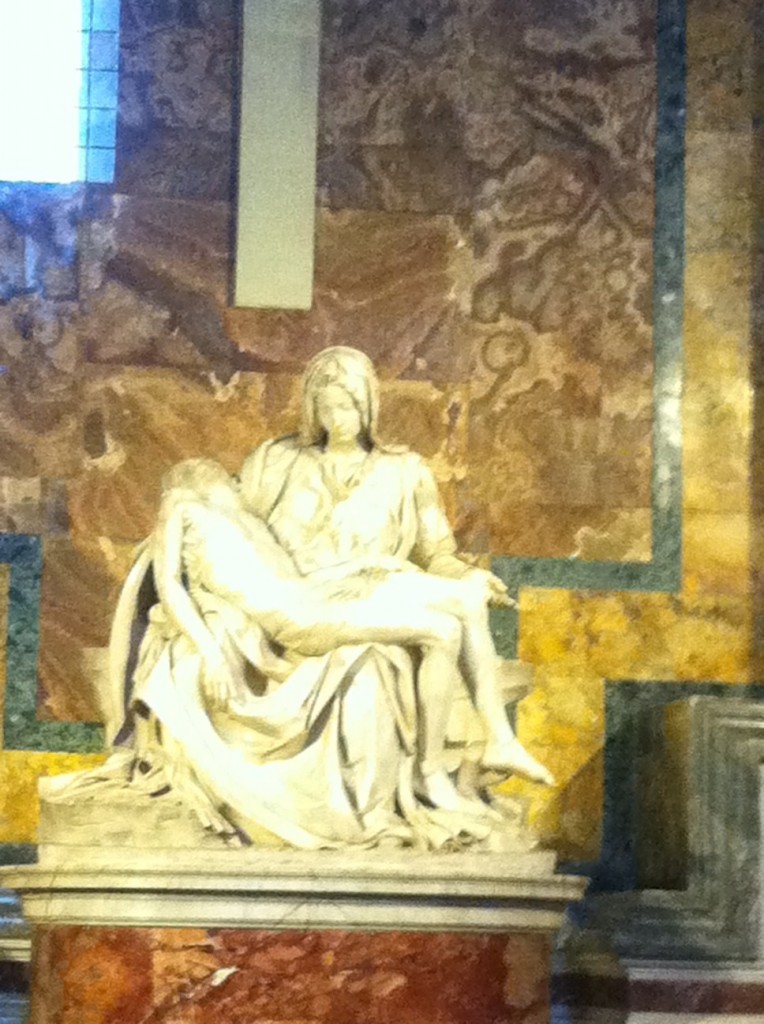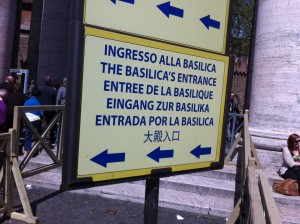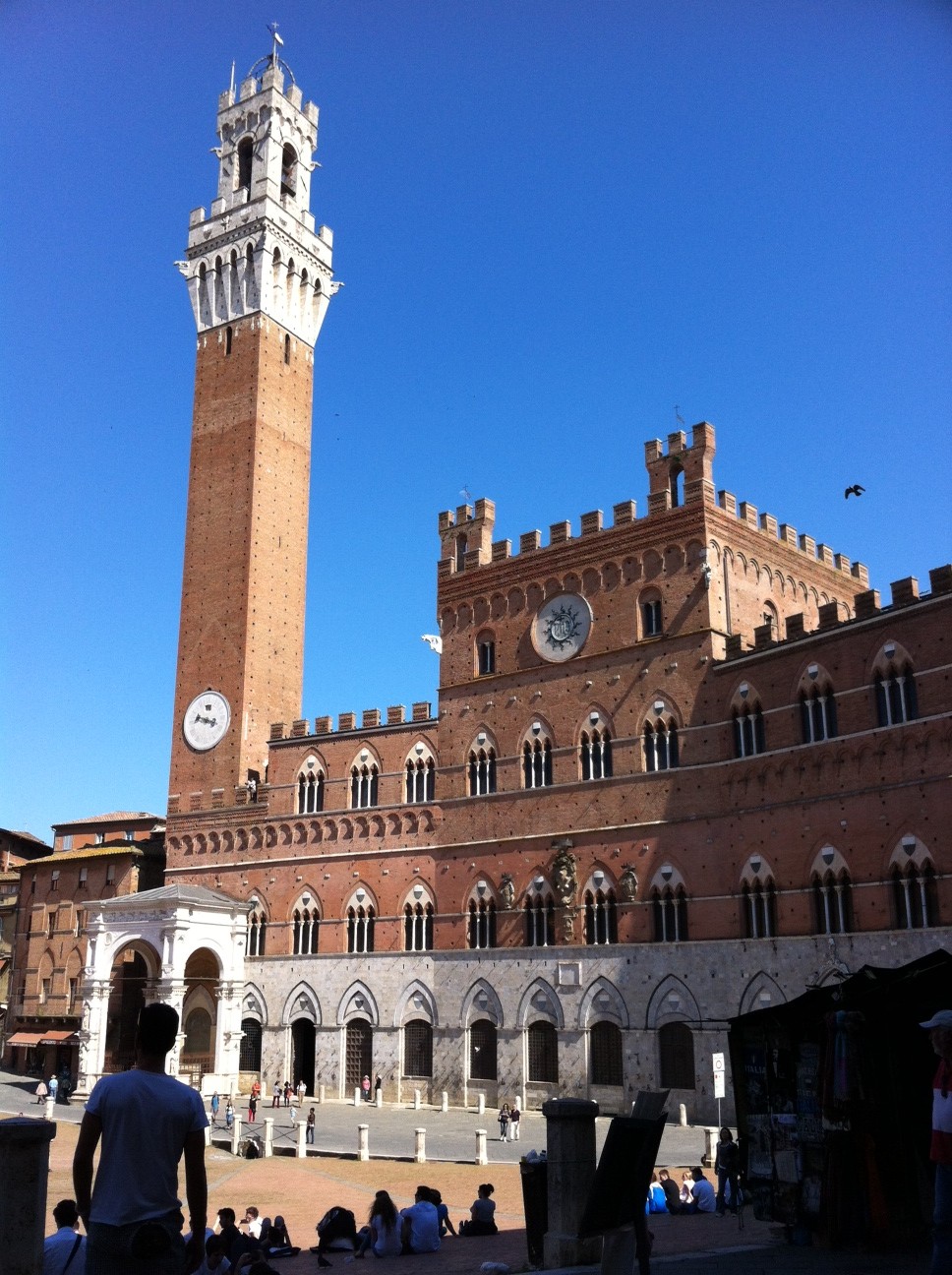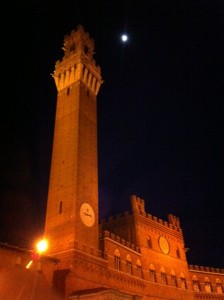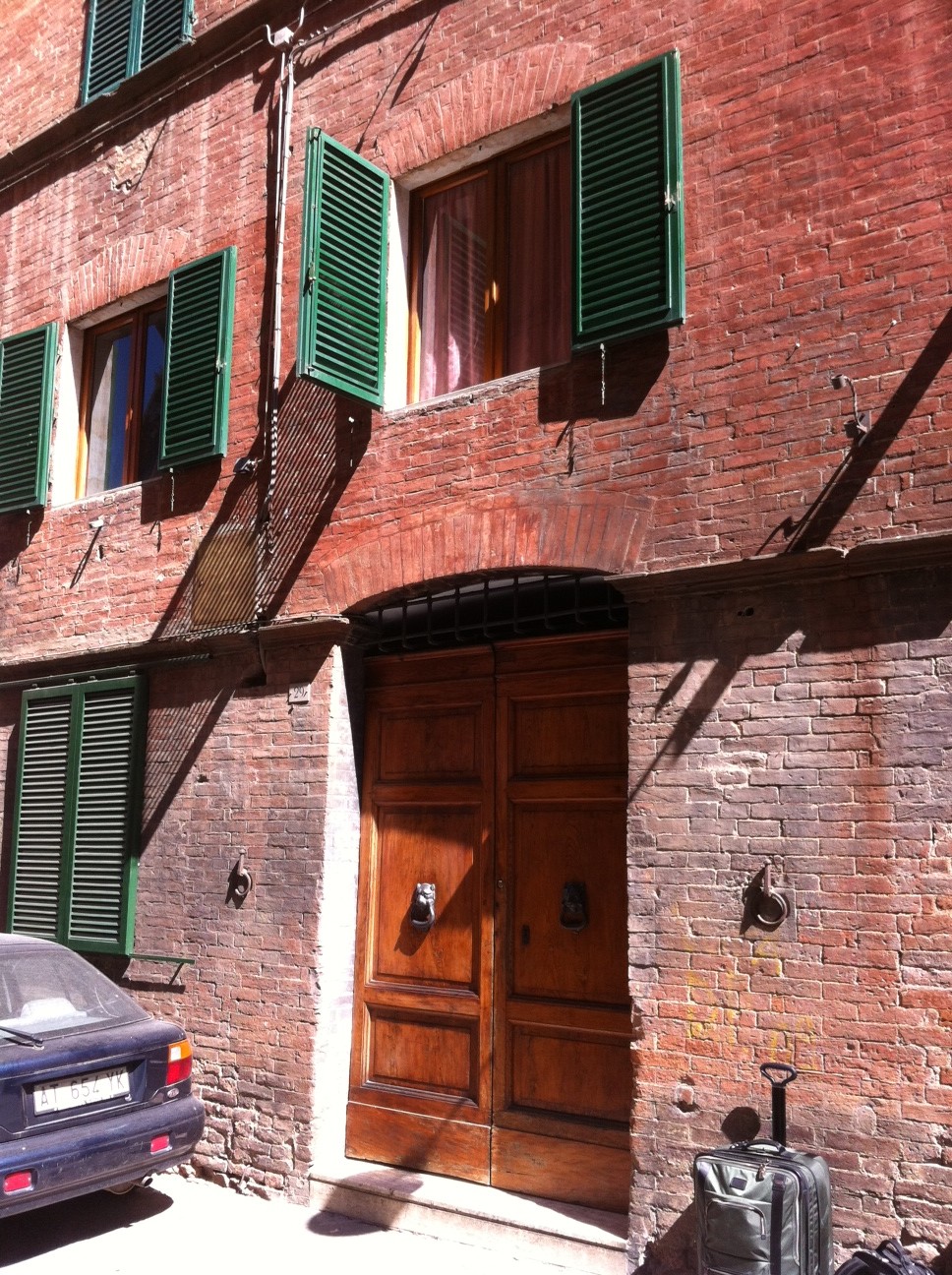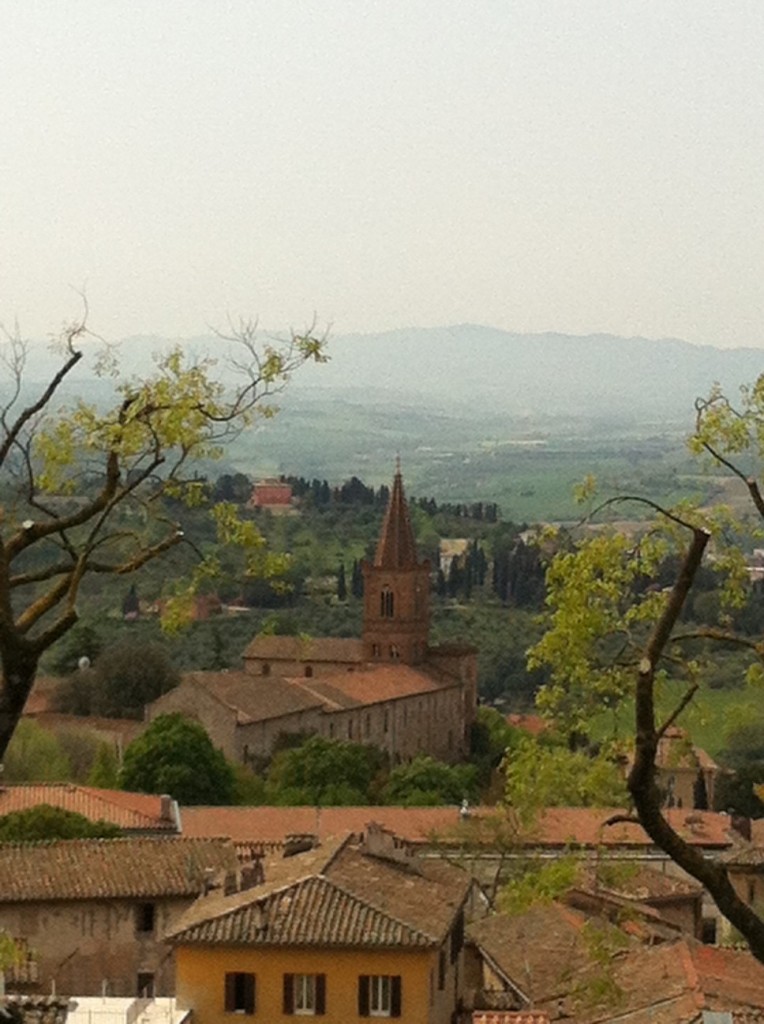
The view from our hotel
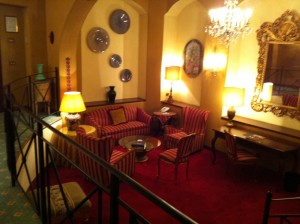
The sitting room in our suite
We’ve returned to Italy’s hill country, this time to Umbria and the town of Perugia. Our hotel was arranged by the conference where my companion is a speaker. It’s high on the topmost hill of the city, and we’ve been treated as special guests, given a huge suite with a view that looks down over the ancient city. I spent a good deal of last night, and part of this morning just staring out the window.
My sister Carol told me once she never travels without two things: a pair of jeans and a swimming suit. While I brought the jeans, this time I ditched the swimming suit, knowing that all the hotels I arranged didn’t have pools. I should have listened to Carol. Not only does our lovely Hotel Brufani Palace, have an indoor pool, it’s within a medieval vault. The glass pool floor lets you look down on excavated Etruscan ruins. I love to swim, but gliding above ancient ruins? Dear God, how many chances like that am I going to get?
Now, most women know that buying a swimming suit (especially if you’re middle-aged) is one of the most painful and humiliating of shopping endeavors. Even in your own country, where you speak the language and know where you might find “your kind of suit,” it is excruciating.
Buying one in Italy? Multiply that a hundred fold. On my way out, I stopped at the Concierge to ask where I might shop. “Caledonia,” he told me. “Just 100 meters down the block. They have everything. They will be happy to help.” Uh, yeah. The shop only had two-piece suits, of the teeny, tiny variety. When I asked if there were any appropriate to my age, the teen-age shop keepers looked confused. “Si, Signora.” She held up a blue thing with a bit of mesh connecting the bottom and top. “No, no,” I waved it off. “But Signora, such a pretty color.” Maybe, when I was 16. But at 58? Uh-uh. I struck out on my own.
I finally found a shop that had some possibilities. One of the shopkeepers spoke a bit of English, the other none at all. It was a trial for all of us.
Not only am I well into zaftig middle age, I am, apparently much taller and much more modest than most Italian ladies. My shopkeepers were boggled at the length of my shoulder to thigh span, but were not to be thwarted. They began dragging bins out of the backroom. “Signora, is your color.” Again, a blue one was shoved in my hands. No mesh this time, but cut down so low it would come nearly to my navel. “No,” I said firmly, waving my hand in front of my chest and shaking my head. “Ah, si, si,” the older, non-English speaker seemed to follow. She dug and dug, and came up with a black number, higher-necked, but open on the sides. I shook my head, and pointed to my paunchy, stretch-marked hips, and said, “No one wants to see that.” She didn’t understand the words, but she got the point.
Finally we found a suit I thought would do. Still a bit low in the front, but not embarrassingly so, and it seemed to be cut in my long-body dimensions. I tried it on, opened the curtain and said, “Bigger,” glancing back with raised eyebrows to the rather snug derrière.
“No, Signora, no! Perfection,” the younger woman screamed. I shook my head.
“No, Signora!” What followed from the older woman I cannot say. I think it was a lecture on being too modest, but the words flew too fast for me to gather much. There was a good deal of finger shaking and an obvious reference to my being so much taller than they. It didn’t matter. I went to the bin myself and found the next size up. Like most swimming suits I’ve purchased since I put 30 behind me, I wasn’t thrilled. But it would do. My two shopkeepers clucked and frowned and shook their heads, but rang me up.
It was difficult. It was humbling in two languages. But I’ve got a suit that is decent. And tomorrow I swim with the Etruscans.
